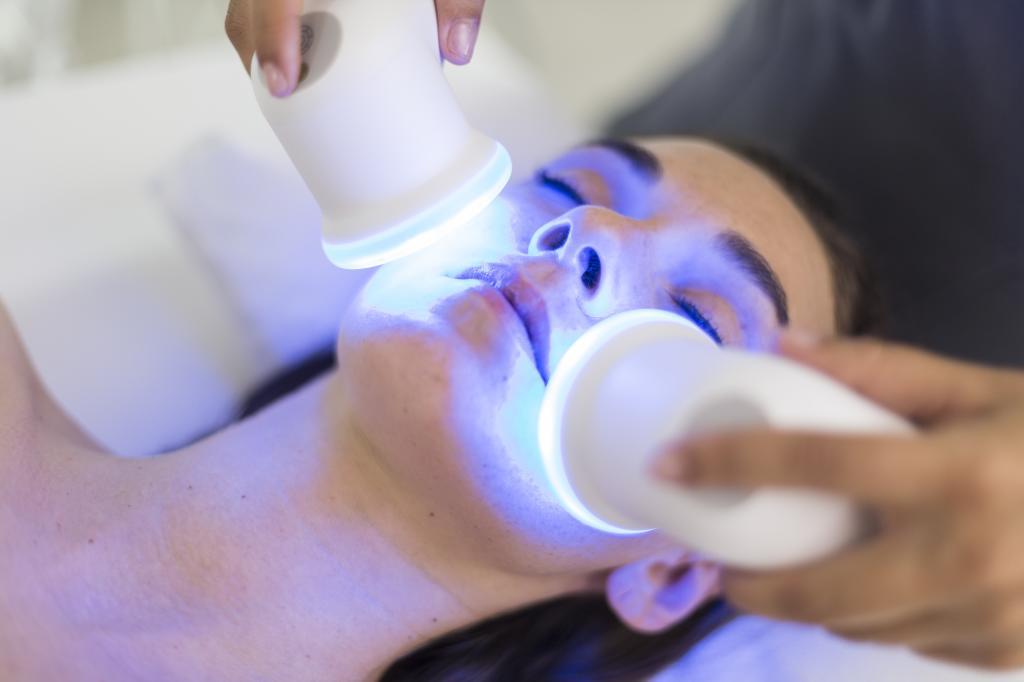The list of supposed benefits of cupping therapy or therapy with suction cups is endless. A simple internet search reveals all kinds of benefits associated with the practice: pain reduction, improvement of muscle tension, activation of circulation, increased cellular metabolism... some even recommend it for menstrual pain and against shingles. However, as the motto of this series says, do not trust everything you see on social media.
For those who have not seen any clips on Instagram of this maneuver, we will explain that the practice consists of applying cups, generally made of glass or plastic, which create suction at different points on the body. There is a modality, called wet cupping, in which lacerations are made on the skin, with the aim of causing bleeding prior to the placement of the cups.
The practice has gained popularity despite being a pseudotherapy. The Ministry of Health includes it in its list of pseudosciences, with two reports warning that its use is not recommended either for treating musculoskeletal pathologies or for other possible uses.
"Cupping therapy cannot be considered a safe therapy due to the inherent risks of applying the technique to the human body, mainly in wet cupping," states the first report, which points out that existing studies on the matter, which many of its supporters cling to, "are of low quality," therefore "do not support its effectiveness." Additionally, "mild adverse effects" associated with cupping therapy have been described, such as bruises or pain at the cupping application site, as well as serious events like infections or permanent injuries (scars) in the application area," adds the second document.
Pablo Herrera, vice-dean of the Professional College of Physiotherapists of Madrid, also expresses a similar opinion, stating that the studies on the usefulness of the practice are of very relative quality, so there is no evidence to support its use in treating musculoskeletal pathologies.
"And it is also important to consider the associated risks, such as bruises, common infections, or even burns."
Beware of neck cracking: "It doesn't work for everything and not everyone should do it"
No, covering your mouth (or belly button) to sleep is useless and can put you at risk
The use of suction cups can be considered as part of the massage in a physiotherapy session to generate negative pressure and carry out a displacement but not for static fixation at a point, Herrera points out.
Anahí Castilla, a member of the Professional College of Physiotherapists of Catalonia, shares the same opinion, warning about the bruises that this fixation can cause. "If that person is going through an acute process, with inflammation, what you cannot do is provoke more inflammation, and that is what you will achieve with those cups." The specialist particularly warns about the risks of some cupping modalities seen on social media, such as the one that uses a flame before placement. "It is a very dangerous practice that a healthcare professional would not do," says Castilla, who alerts the public to the risks of seeking treatment from unqualified individuals.
Contraindications of 'cupping'
Pablo Herrero also emphasizes the importance of always ensuring that a healthcare professional is the one treating any issue related to musculoskeletal health.
"It is essential from a safety point of view," he says. "For example, this practice would always be contraindicated in pregnant women, people with vascular diseases, patients with sensitive skin, or those taking anticoagulants," Herrera points out. In that sense, he adds, it is crucial that before undergoing any intervention, a proper assessment is carried out, "something that only a qualified professional can do." In this field, "intrusion is widespread," both professionals note, recommending always verifying that you are in the hands of a healthcare professional, with membership and a license in their clinic to perform treatments.
Beyond treating ailments, cupping therapy or cupping massage has also not shown scientific evidence demonstrating its effectiveness in sports recovery, another of its supposed benefits, as noted by Sixto González Villora, a doctor in Sports Science and professor at the University of Castilla-La Mancha. González Villora emphasizes that there are other methods of sports recovery that have shown utility in this regard, such as "cold water immersion or contrast water therapy for team sports," among others. There are different techniques that can be used, he continues, although it would be necessary to "adapt and individualize them for each person," he concludes.
